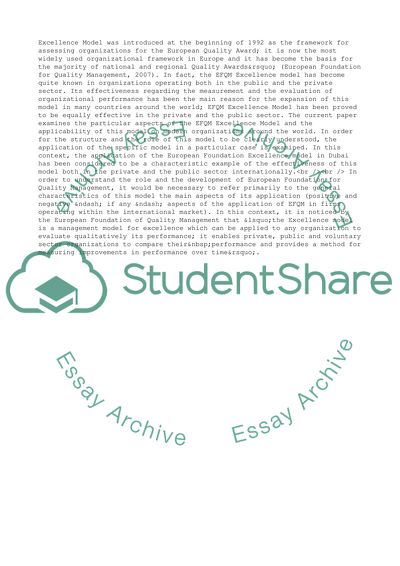Cite this document
(The Level of Organizational Performance Term Paper, n.d.)
The Level of Organizational Performance Term Paper. Retrieved from https://studentshare.org/management/1543021-european-foundation-for-quality-management-efqm
The Level of Organizational Performance Term Paper. Retrieved from https://studentshare.org/management/1543021-european-foundation-for-quality-management-efqm
(The Level of Organizational Performance Term Paper)
The Level of Organizational Performance Term Paper. https://studentshare.org/management/1543021-european-foundation-for-quality-management-efqm.
The Level of Organizational Performance Term Paper. https://studentshare.org/management/1543021-european-foundation-for-quality-management-efqm.
“The Level of Organizational Performance Term Paper”. https://studentshare.org/management/1543021-european-foundation-for-quality-management-efqm.


